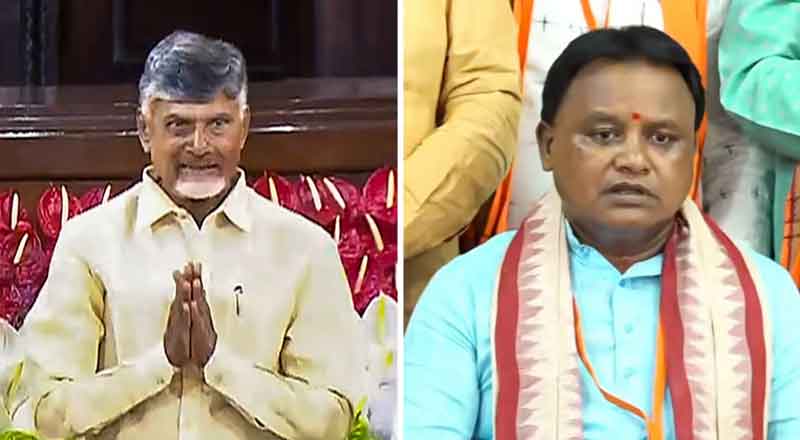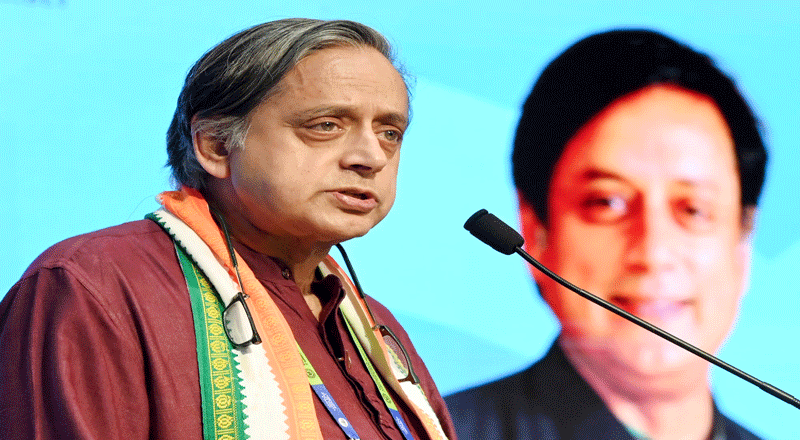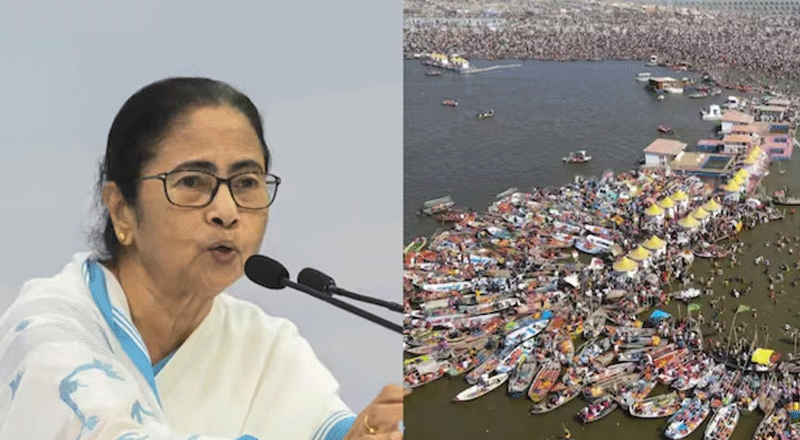In a momentous turn of events, the political landscape of Andhra Pradesh and Odisha is set to undergo significant transformations today as the Bharatiya Janata Party (BJP) and its key ally, the Telugu Desam Party (TDP), prepare to ascend to power in their respective states. Here’s a comprehensive look at the top 10 highlights of this historic occasion:
Naidu’s Fourth Term: The charismatic leader and TDP chief, N. Chandrababu Naidu, is poised to take the oath as Chief Minister of Andhra Pradesh for an unprecedented fourth term. His party’s landslide victory in the recent Assembly polls, held concurrently with the general elections, has solidified his mandate and underscored his enduring popularity among the electorate.
Distinguished Guests: The swearing-in ceremony in Amaravati, the capital city of Andhra Pradesh, is set to be graced by the presence of some of the most influential figures in Indian politics, including Prime Minister Narendra Modi, Home Minister Amit Shah, and BJP chief JP Nadda. Their attendance highlights the significance of this event on the national stage.
Development Agenda: Naidu’s leadership has been synonymous with a strong focus on development and economic growth. Addressing the newly-elected TDP MLAs, he reiterated his commitment to fostering the state’s progress and sought assurances of support from the central government to realize his vision for Andhra Pradesh.
Strength in Alliance: The electoral success of the NDA alliance, comprising TDP, BJP, and Jana Sena, underscores the power of strategic alliances in Indian politics. Their combined efforts resulted in a decisive victory, securing a significant majority in the state Assembly and sweeping the Lok Sabha elections as well.
Inaugural Dignitaries: Joining Naidu on stage for the oath-taking ceremony are his son, Nara Lokesh, who holds considerable influence within the party, and the renowned actor-politician, Pawan Kalyan, adding a touch of glamour and diversity to the proceedings.
New Leadership in Odisha: Meanwhile, in Odisha, Mohan Charan Majhi is set to assume the mantle of Chief Minister, marking the end of the Biju Janata Dal’s (BJD) two-decade-long rule under the leadership of Naveen Patnaik.
BJP’s Triumph: The BJP’s victory in Odisha signifies a seismic shift in the state’s political dynamics. The party’s nominee for Chief Minister, a seasoned four-time MLA and tribal leader, symbolizes the party’s commitment to inclusive governance and represents a departure from traditional political norms.
Deputy Chief Ministerial Appointments: In a strategic move to ensure effective governance and representation, the BJP has appointed two Deputy Chief Ministers in Odisha, balancing experience with fresh perspectives within the state government.
Historic Win: The BJP’s resounding victory in both Andhra Pradesh and Odisha not only reflects the party’s growing influence across different regions of India but also heralds a new era of competitive politics in states traditionally dominated by regional parties.
Vision for Change: As the newly-elected governments assume office, all eyes are on their ability to deliver on their promises, drive sustainable development, and address the pressing needs of their constituents. The oath ceremonies mark not just a transfer of power but also the beginning of a new chapter in the political narratives of these states, promising hope, change, and progress for their citizens.
In conclusion, the oath ceremonies in Andhra Pradesh and Odisha signify not only a shift in political power but also the dawn of a new era characterized by fresh leadership, renewed aspirations, and a commitment to inclusive and progressive governance. As the new governments embark on their respective journeys, they carry with them the hopes and aspirations of millions, promising to chart a course towards prosperity, development, and social justice for all.
(With inputs from agencies)





